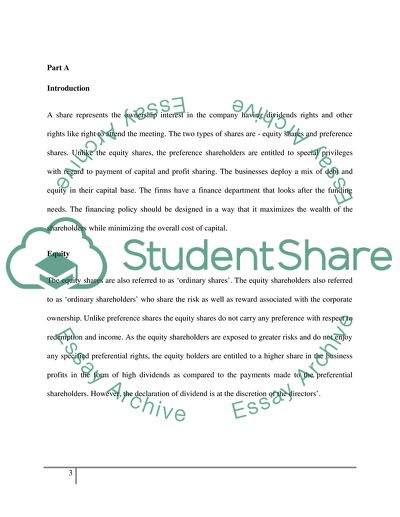Cite this document
(The Role and Importance of Capital Markets Dissertation - 4, n.d.)
The Role and Importance of Capital Markets Dissertation - 4. Retrieved from https://studentshare.org/marketing/1749463-financial-management
The Role and Importance of Capital Markets Dissertation - 4. Retrieved from https://studentshare.org/marketing/1749463-financial-management
(The Role and Importance of Capital Markets Dissertation - 4)
The Role and Importance of Capital Markets Dissertation - 4. https://studentshare.org/marketing/1749463-financial-management.
The Role and Importance of Capital Markets Dissertation - 4. https://studentshare.org/marketing/1749463-financial-management.
“The Role and Importance of Capital Markets Dissertation - 4”, n.d. https://studentshare.org/marketing/1749463-financial-management.


